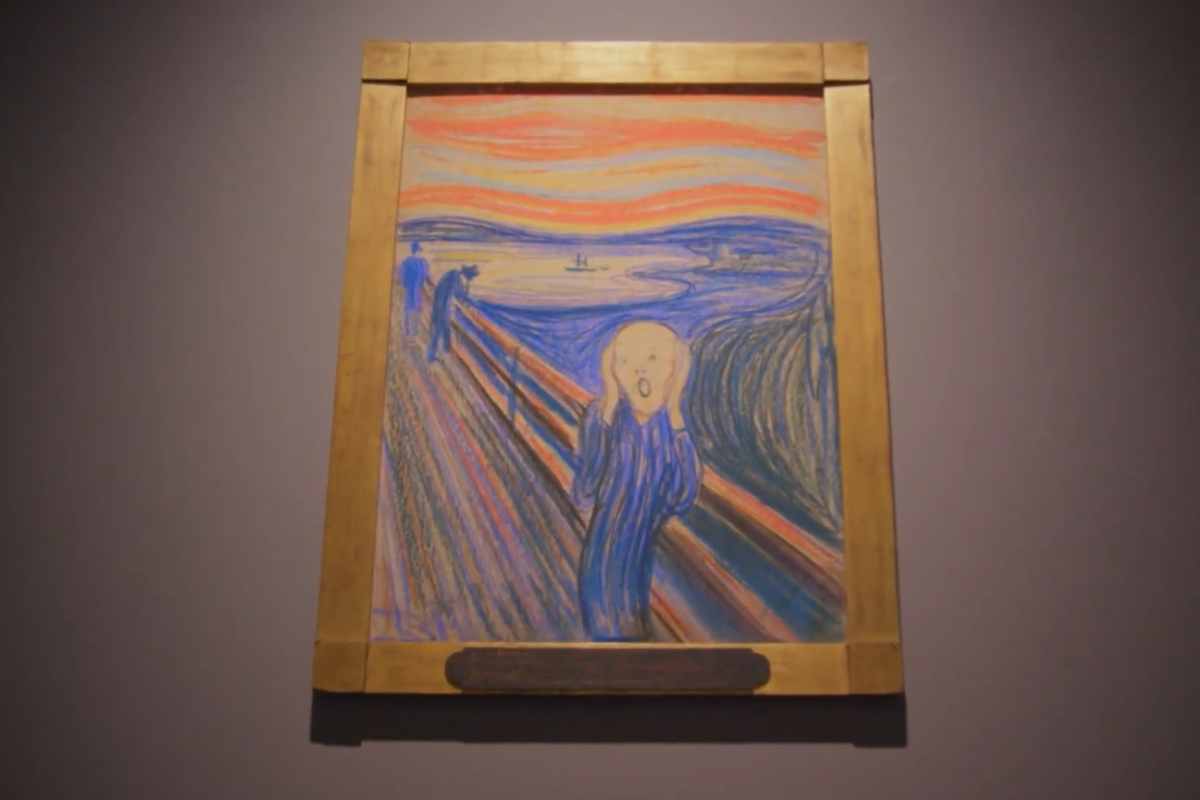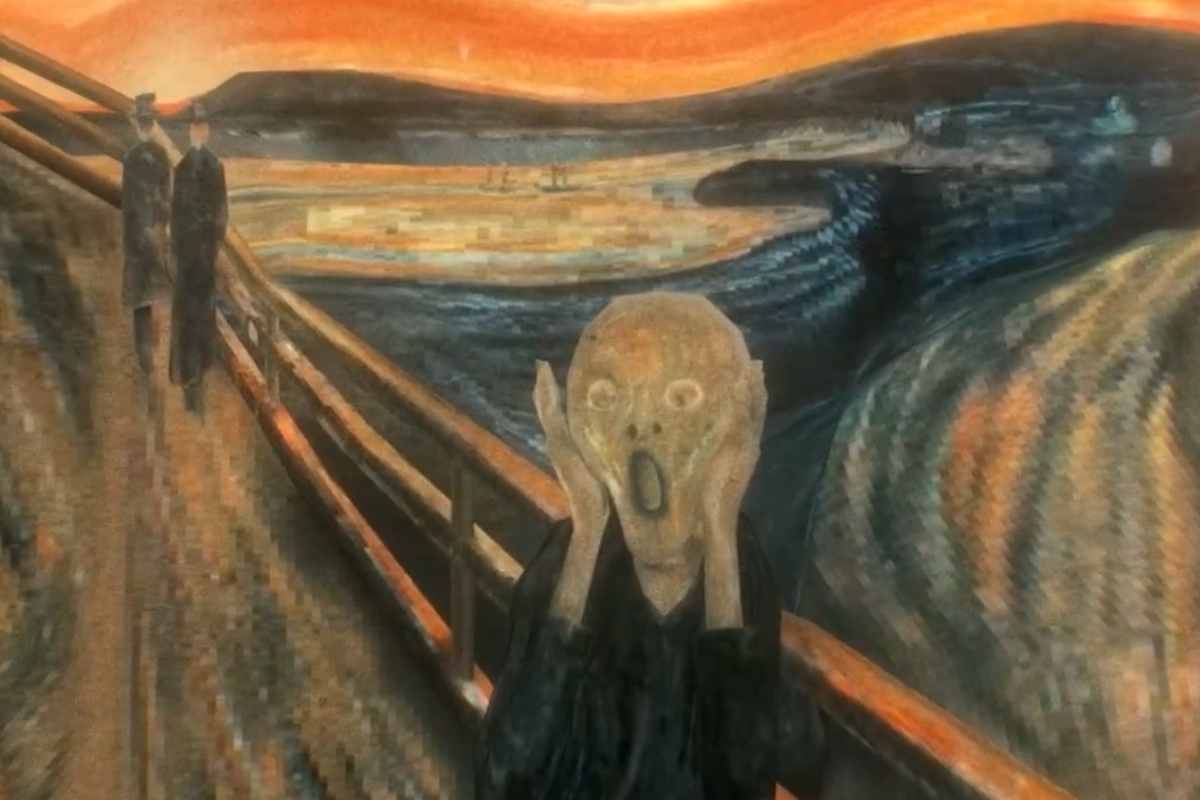Decoding Anxiety: The Story of The Scream by Edvard Munch

Few works of art have achieved the cultural impact and enduring intrigue of Edvard Munch's "The Scream." This iconic piece, often regarded as the epitome of existential anxiety, transcends its medium to evoke universal emotions.
In this exploration, we delve into the painting's significance, the context of its creation, and the mysteries that surround it.
The Iconic Imagery of "The Scream"
At first glance, "The Scream" captivates viewers with its haunting central figure—a distorted, ghost-like person frozen in a moment of utter anguish.
Discover the Masters – Explore the Best Books on Art History Today!
The swirling sky, fiery red hues, and undulating lines of the landscape heighten the sense of turmoil, creating an atmosphere of raw emotion.
A Symbol of Human Anxiety
The central figure, clutching its face in silent horror, has become a universal symbol of existential dread. Munch himself described the inspiration for the painting as stemming from a moment of overwhelming panic during a walk.
This deeply personal experience is transformed into an evocative representation of collective human fear and vulnerability.
The Context Behind the Painting
Edvard Munch's Life and Struggles
Born in 1863 in Norway, Edvard Munch endured a life marked by tragedy and illness. He lost his mother to tuberculosis at a young age, followed by the death of his sister. These events deeply influenced his worldview, imbuing his art with themes of grief, despair, and mortality.
In the late 19th century, Munch became associated with the Symbolist movement, which sought to explore inner emotions and the subconscious mind through art.
His work was revolutionary, as it prioritized emotional depth over realism. "The Scream" is perhaps the pinnacle of this approach, encapsulating the raw intensity of his inner world.
The Anxiety of Modernity
"The Scream" emerged at a time when society was grappling with the rapid changes brought by industrialization and urbanization. Munch’s work reflects this sense of unease, capturing the alienation and anxiety that many felt as traditional ways of life were upended.
The painting resonates with modern audiences because these themes remain relevant, reminding us of the universal nature of human struggles.
The Mystery of "The Scream"
Despite its fame, "The Scream" continues to provoke questions and debate. What exactly is the figure screaming about? Is the scream external or internal? The painting’s ambiguity invites interpretation, making it a deeply personal experience for each viewer.
Four Versions of "The Scream"
One intriguing aspect of this masterpiece is that it exists in four versions: two paintings, a pastel drawing, and a lithograph. Each version offers subtle variations, yet all maintain the same emotional core.
This multiplicity adds to the painting’s mystique, raising questions about Munch’s intent and process.
The Inscription: "Could Only Have Been Painted by a Madman"
In 1904, Munch’s painting was vandalized with a small, cryptic inscription reading, "Could only have been painted by a madman." Initially attributed to a disgruntled viewer, later analysis confirmed that Munch himself wrote it.
This detail reflects the tension between the artist’s vulnerability and the perception of mental instability, adding a layer of complexity to the work’s interpretation.
The Legacy of "The Scream"
A Cultural Phenomenon
"The Scream" has transcended the world of fine art to become a cultural icon. It has been referenced and parodied in countless ways, from movies and advertisements to memes. Its enduring relevance speaks to the power of its emotional resonance.
Influence on Modern Art
Munch’s masterpiece paved the way for later artistic movements, including Expressionism and Surrealism. Artists such as Egon Schiele and Salvador Dalí drew inspiration from Munch’s ability to convey intense emotion and psychological depth.
Final Thoughts
"The Scream" is more than just a painting; it is a profound statement about the human condition. Its swirling lines, vibrant colors, and anguished figure encapsulate the complexities of modern existence.
By revisiting this timeless piece, we gain not only a deeper appreciation of Munch’s artistry but also a reflection of our shared humanity.
Whether viewed as a depiction of personal torment or a broader commentary on societal anxiety, "The Scream" remains a masterpiece that continues to captivate, challenge, and inspire.
We thank Curious Muse for the images.
Enjoy The Video Tutorial

Source: Curious Muse
Did you find this post useful or inspiring? Save THIS PIN to your Art Board on Pinterest! 😊

Last update on 2025-11-18 / Affiliate links / Images from Amazon Product Advertising API




Discover More Artistic Inspiration